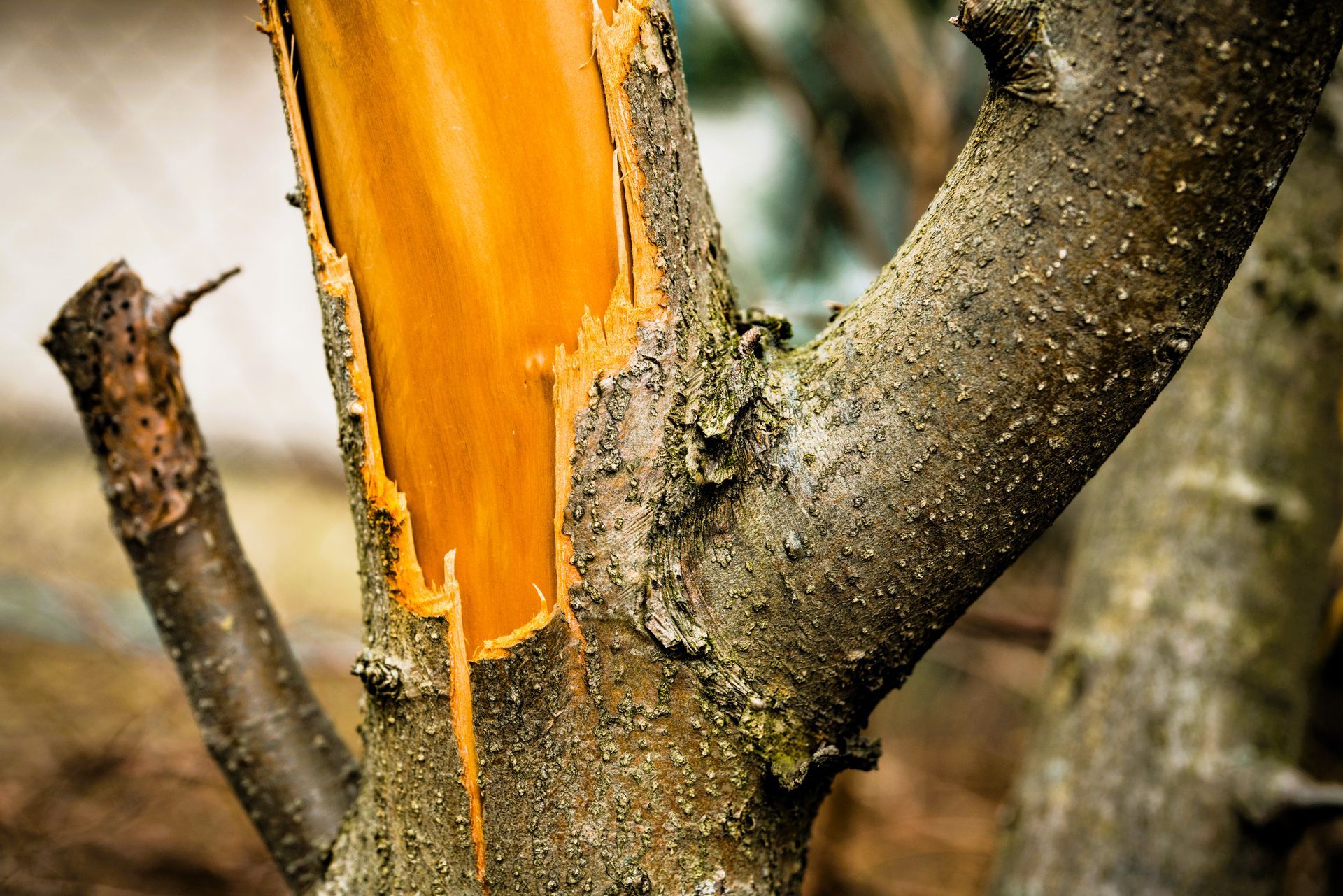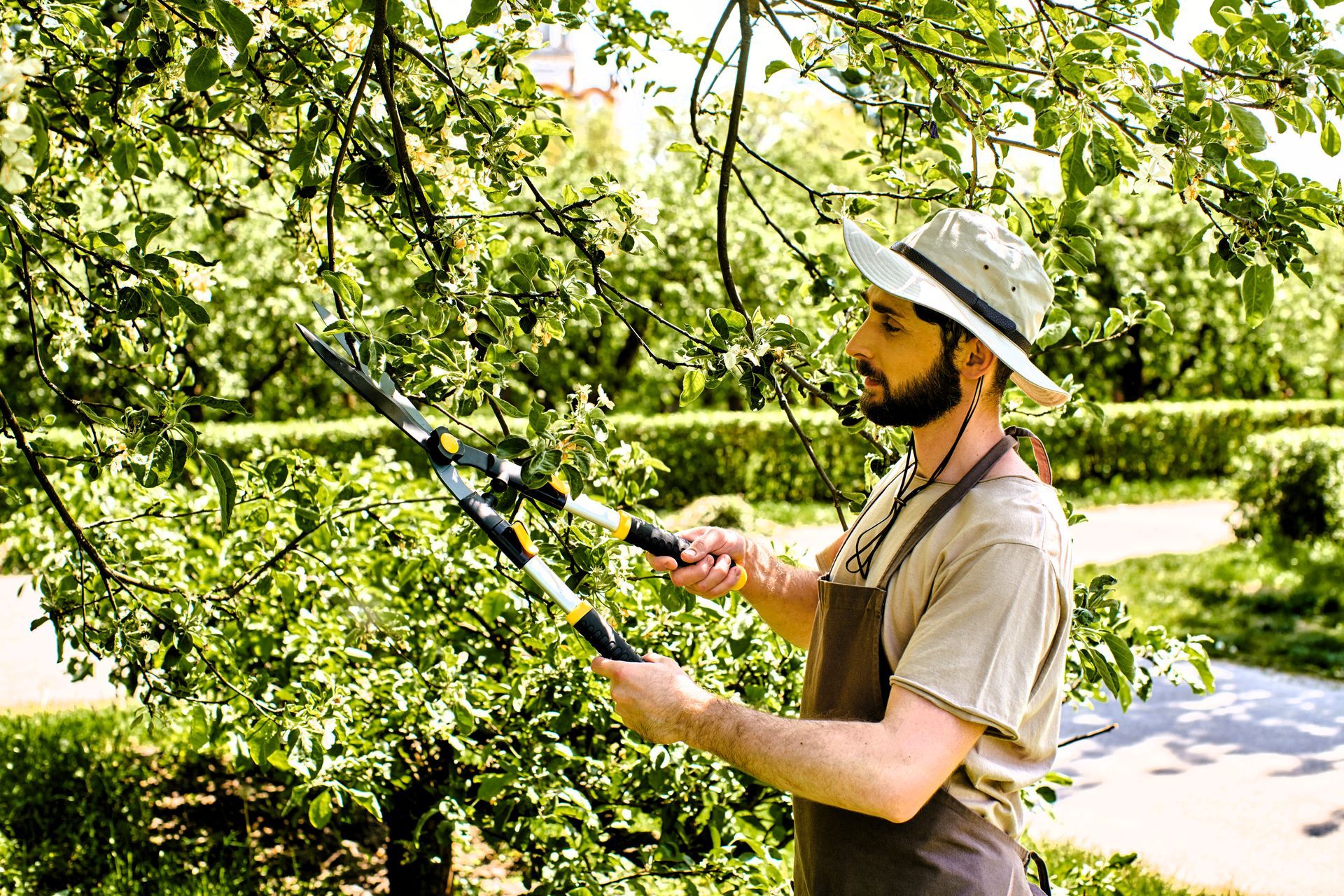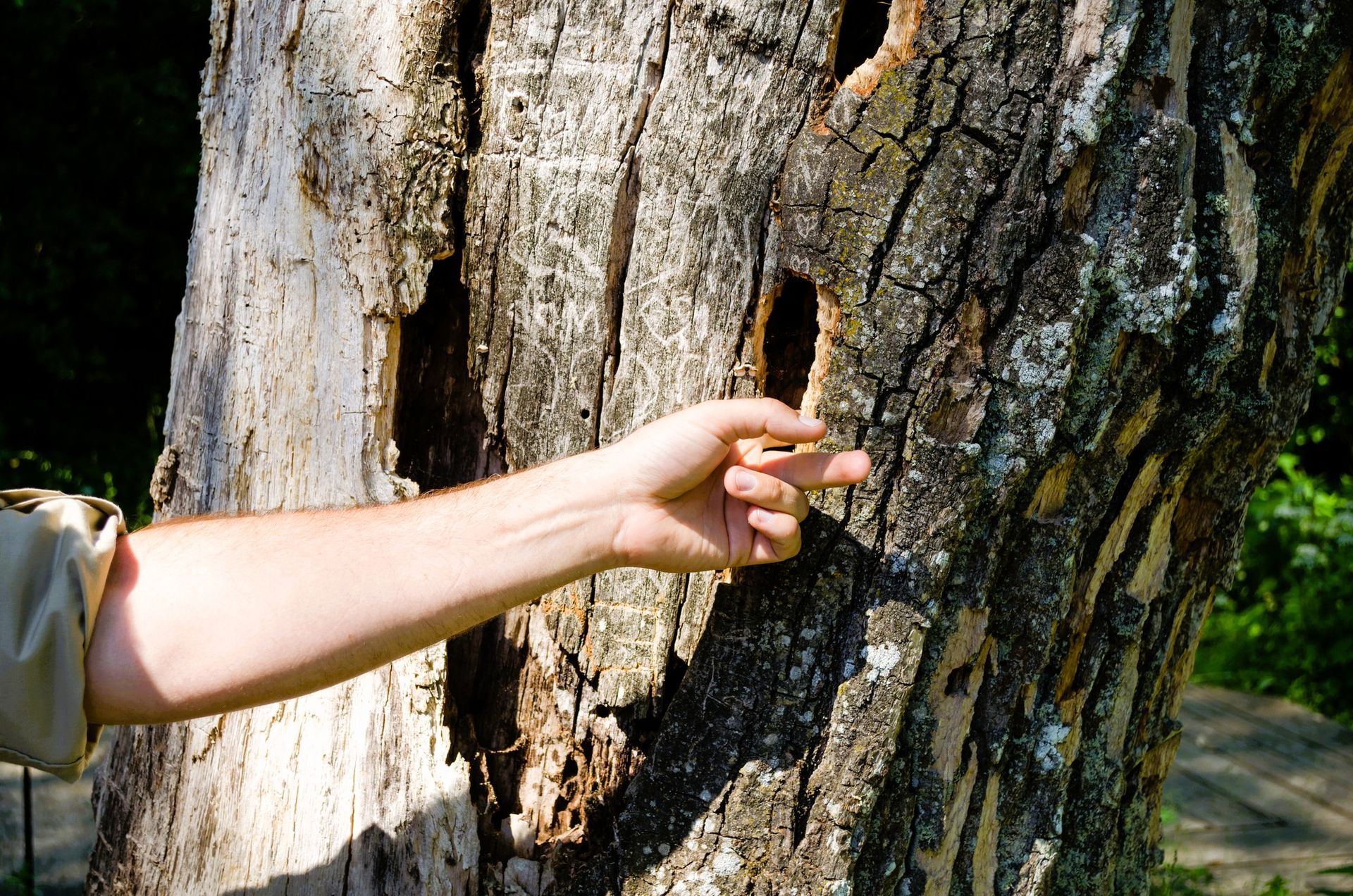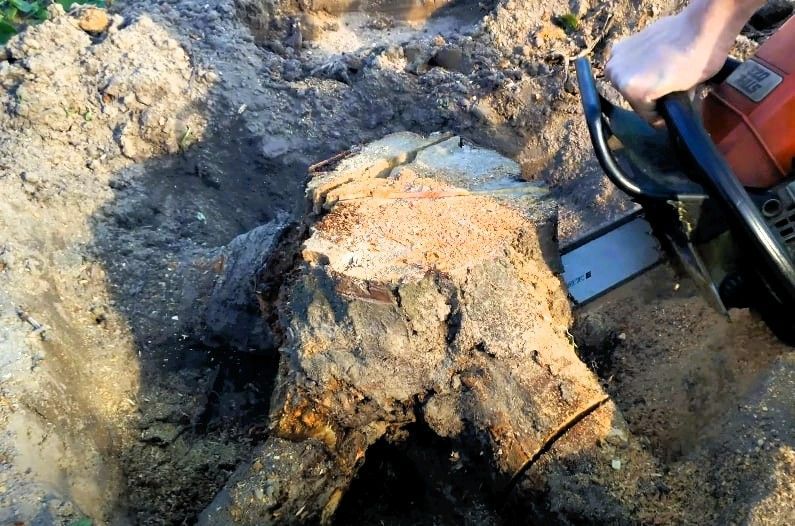Healing Trees Made Easy: How to Repair a Damaged Tree Trunk
Simple steps to repair and revitalize your tree trunk

Most trees in our yards are absolutely beautiful and majestic. But, just like us, they can get injured. And that can take a toll on their health and how long they'll be able to live before they succumb to these injuries. If you have noticed the trunk of a tree in your yard is damaged, don't panic! This quick and easy guide is here to help you fix the trunk damage and get your tree back to life.
Understanding Tree Trunk Damage and Care
Trees are essential components of our ecosystems, providing oxygen, improving air quality, conserving water, and supporting wildlife. However, they can be susceptible to damage that affects their health and longevity. To ensure that trees grow and survive as effectively as possible, prompt action must be taken when any signs of damage appear.
Causes of Tree Trunk Damage
Identifying the common causes of tree trunk damage can aid in prevention and treatment. Below are three main reasons you might find a damaged tree trunk:
Animals
A variety of animals can damage trees by chewing on the trunk. Often, squirrels, chipmunks (striped or red), rabbits, mice, and other rodents will gnaw on the bark, thereby weakening the outer protective layer. Sometimes, deer will beat their antlers against the trunk, causing splintering and damage as well. By observing the wildlife in your area, you can adopt some preventive measures to deter them from harming your trees.
Storms
Severe weather events such as storms, high winds, and hail can inflict deep gashes on tree trunks. These injuries not only make the trunks liable to fall, but they also expose the living wood to pathogens. Regular inspection before and after a storm is vital for catching and addressing damage early.
Insects and Disease
Certain pests can also attack tree trunks. Borers are known for boring into the wood, undermining the integrity of the entire tree, while fungal diseases exploit wounds. Monitoring your tree's health and addressing symptoms immediately can help mitigate these risks.
Proven Methods to Repair a Damaged Tree Trunk
Pruning for Minor Damage
If your tree has suffered minor damage to its trunk, it can often be repaired with skilled pruning. Begin by assessing the extent of the damage and locating small cracks, wounds, or broken branches. Then, cut away the dead or injured wood using clean, sharp shears. Pruning affected areas allows the tree to produce new regenerative tissue, aiding in faster healing and preventing decay and insect problems from spreading.
For larger damage, it is advisable to seek help from a certified arborist. Experts in this field can assess the damage accurately and propose the best methods for effective pruning to ensure a better chance of recovery.
Cabling and Bracing for Severe Damage
When damage is more significant, particularly affecting the trunk, cabling and bracing may be required to prevent further splitting or potential collapse. Cabling involves placing steel cables around the trunk and branches to provide extra support while bracing consists of rods inserted into the trunk to enhance stability.
Before implementing these supports, consult with a qualified arborist, who can evaluate the damage's extent and type and recommend appropriate care methods.
Contact Your Local Tree Experts
When a tree on your property becomes a concern, hiring an expert can be beneficial. At Kanata Tree Service Masters, we are committed to providing the highest level of care for your trees. Our arborist team is Tree Work Certified and has thousands of hours of practical experience.
We conduct thorough inspections when you suspect issues with your trees and can rehabilitate them using the proper protocols, backed by extensive Arboriculture Education. If you notice any signs of damage or have any questions about the health of your trees, please
reach out to us today.
Final Thoughts
To maintain healthy trees, promptly address any trunk damage by understanding its causes and applying appropriate fixes, such as pruning or tree support systems. Consistent monitoring and proactive steps are essential for preventing issues, while small problems can typically be handled by homeowners. For more significant concerns, it's wise to
seek advice from a professional arborist to help your trees flourish for many years ahead.


